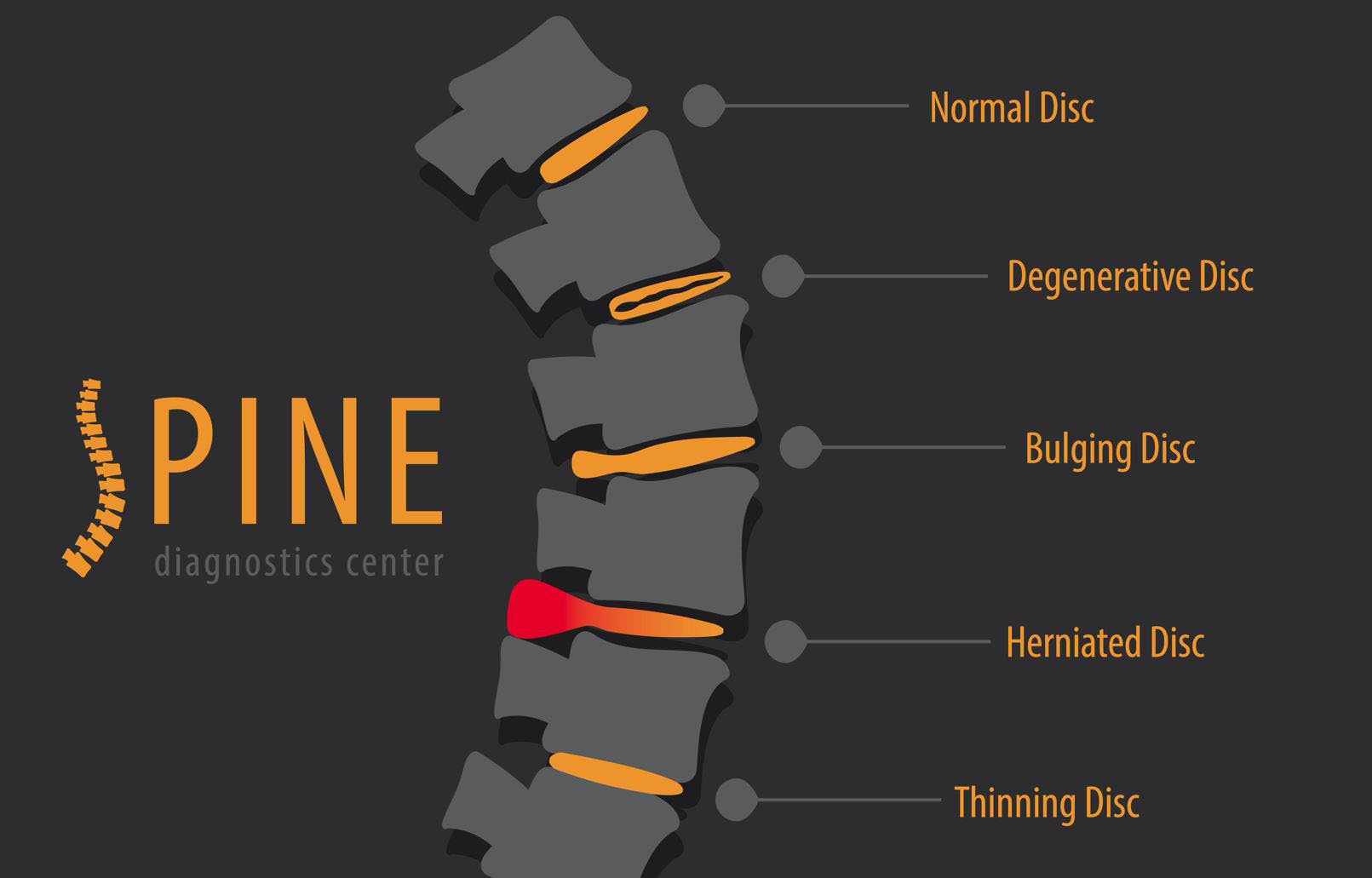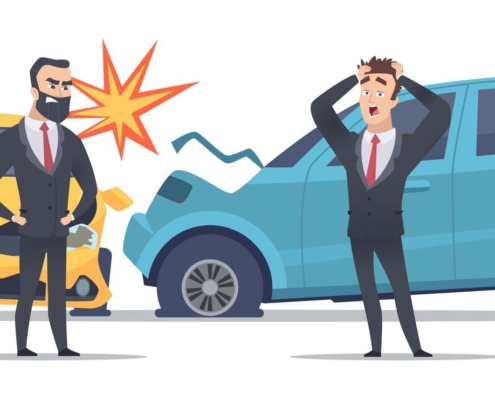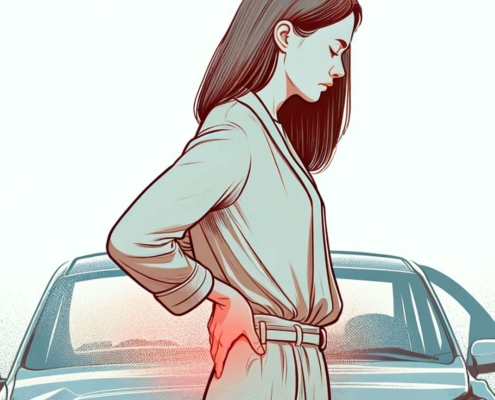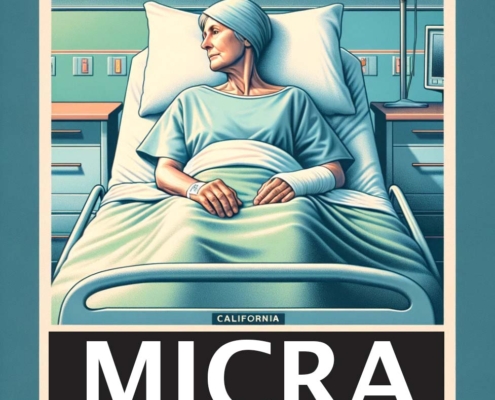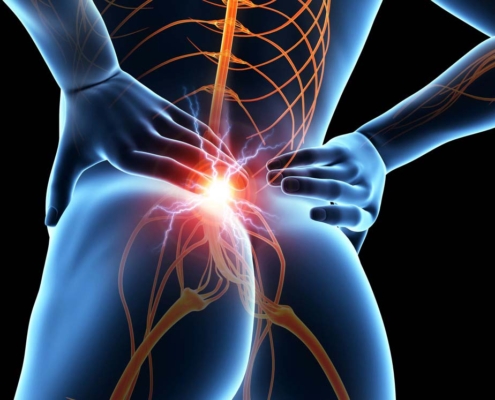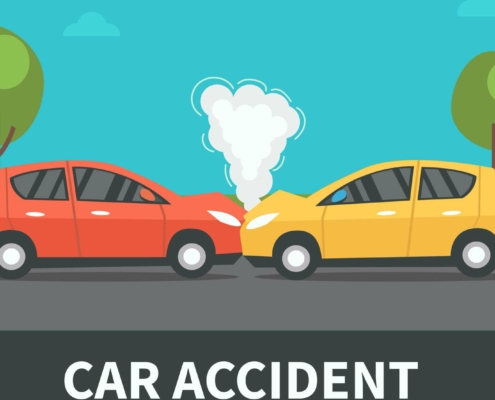What part of your back hurts after a car accident?
Back pain from a car accident is caused by force placed upon the spine following a significant impact. After a car accident, the back pain can radiate to many areas because your spine includes your neck and travels down your lower back. Back pain after a car accident may stem from inflammation, fractures, or compressed nerves. Knowing how to identify the region of the back pain after a car accident can help your doctor effectively treat your pain.
The human neck and back, which makes up the spine, is a complicated network of tendons, ligaments, and muscles, as well as the 33 bones that care known as vertebrae. The spine’s vertebrae are divided into four separate parts, from top to bottom:
Neck Pain
A car accident can cause back pain in the neck area because of whiplash. Whiplash occurs due to rapid and sudden forward and backward motion stretching the neck muscles, ligaments, nerves, and intervertebral discs. If you have back pain after a car accident in the neck region, tell your doctor that the pain is in the cervical spine. The cervical part of the spine (C1 through C7) makes up the top seven vertebrae that compose the neck.
Upper Back Pain
A common symptom of whiplash after a car accident is neck and back pain that spreads into your shoulders and between your shoulder blades. A whiplash can cause your upper back and shoulders to feel sore. Most people with back strains and sprains completely recover with treatment within two weeks. Another possible cause of upper back pain after a car accident is a herniated, slipped, or bulging disc in the spinal vertebrae. The impact from a car accident can tear or stretch back muscles and tear ligaments away from their attachments. If your back pain is unrelenting and not relieved by rest, you should immediately visit the closest emergency department.
If you have upper back pain after a car accident, identify to your doctor that it is the thoracic part of the back. The thoracic region of the back (T1-T12) makes up the twelve vertebrae of the upper spine. Usually, blunt force trauma causes problems in the middle and upper back, typical in severe car accidents. These injuries to the spine are generally serious because this part of the back ties the chest and ribs, both of which protect the body’s essential organs.
Lower Back Pain
Lower back pain from a car accident is caused by the amount of force placed upon the lower part of the spine following a sudden impact. The strong and sudden force of a car accident causes damage to the muscles and surrounding tissue in the back, causing lower back pain. This particular lower back pain is common back pain after being rear ended in a collision. A mild to moderate lower back pain is likely a result of a sprain or strain. However, if the lower back pain is sharp, it is indicative of a disc bulge or herniated disc. A lower back pain from a disc bulge is a common trauma from a car accident.
If you have lower back pain after a car accident, identify to your doctor that it is the lumbar part of the back. The lower spine is called the lumbar region (L1-L5) of the back and is composed of five vertebrae. These are the strongest and largest bones in the spine, which offer the support and stability needed to be mobile.
Tail Bone Pain
Car accident victims typically suffer tailbone injuries from trauma to the surrounding area. The main symptom of tailbone (coccyx) pain is pain and tenderness at the lowest part of your spine. A tailbone injury may feel dull, achy, and occasionally sharp pains when sitting. You should go to the emergency room after a car accident if you have extreme lower back pain, tingling, or weakness in one or both legs.
If you have tailbone pain after a car accident, identify to your doctor that it is the sacral (S1 through S5) part of the back. The tailbone, composed of the coccyx and the sacrum, comprises nine bones at the base of the back. These are combined to form one structure. Broken tailbones are a common injury in car accidents because of the significant forces involved. Injuries to the tailbone can lead to radiating pain that requires a lengthy recovery period.



